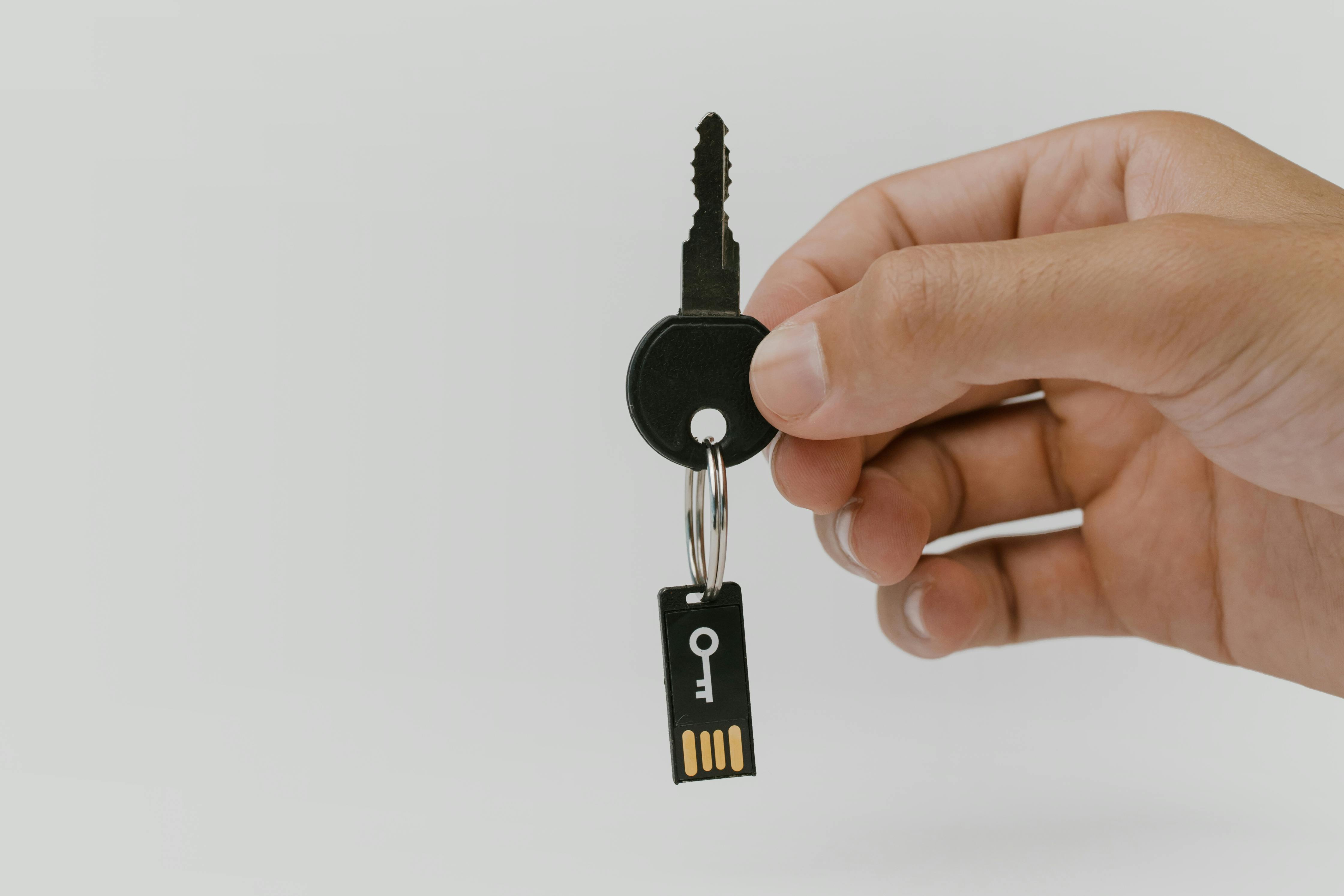Cybersecurity in 2025: Advanced Threats and Strategies for Protection
As we progress into 2025, the cybersecurity landscape continues to evolve at a rapid pace. Threat actors employ artificial intelligence, automated attack tools, and sophisticated phishing techniques to compromise organizations and individuals. The rise of remote work, cloud computing, and IoT devices has expanded the attack surface, making cybersecurity a mission-critical concern for businesses of all sizes.

1. Emerging Cyber Threats in 2025
Cyber threats are becoming increasingly sophisticated. AI-powered malware, deepfake phishing attacks, and ransomware variants pose significant risks. Attackers automate reconnaissance, exploit zero-day vulnerabilities, and target cloud infrastructure, requiring organizations to adopt proactive defense strategies.
Insider threats, supply chain attacks, and advanced persistent threats (APTs) also continue to grow, emphasizing the need for comprehensive cybersecurity frameworks that cover all vectors.
2. AI-Powered Attacks
Artificial intelligence is no longer only a defensive tool; attackers now use AI to enhance their strategies. AI-driven malware adapts to security measures, evades detection, and spreads autonomously. Phishing campaigns leverage natural language generation to craft highly convincing messages. Understanding and countering AI-enabled attacks is crucial for cybersecurity in 2025.
3. Zero-Trust Security Models
The zero-trust security model has become a standard practice in 2025. Organizations no longer assume trust based on network location or credentials alone. Instead, access is continuously verified through multi-factor authentication, behavioral analysis, and AI-driven monitoring. Implementing zero-trust frameworks reduces the risk of breaches and ensures secure operations across cloud and hybrid environments.
4. Cloud Security Enhancements
As more businesses migrate to cloud platforms, securing cloud infrastructure is paramount. Cloud security solutions now include AI-based threat detection, automated incident response, and granular access control. Continuous monitoring and compliance tools help organizations maintain visibility and protect sensitive data from unauthorized access or leaks.
5. Endpoint Protection and IoT Security
The proliferation of IoT devices and remote endpoints has created new vulnerabilities. Endpoint protection platforms (EPP) integrate AI to detect anomalies, enforce device policies, and prevent malware infections. IoT security standards ensure that connected devices, from industrial sensors to smart home gadgets, adhere to strict protocols to minimize risk.
6. Employee Awareness and Training
Human error remains a leading cause of cybersecurity breaches. Organizations invest heavily in employee training programs, phishing simulations, and security awareness initiatives. AI-driven learning platforms personalize training and track progress, ensuring that employees remain vigilant against emerging threats.
7. Incident Response and Disaster Recovery
Rapid response to cybersecurity incidents is critical. Advanced incident response tools automate threat containment, forensic analysis, and reporting. Disaster recovery strategies integrate cloud backups, AI-driven system restoration, and redundancy planning to ensure business continuity after an attack.
8. Regulatory Compliance and Data Privacy
In 2025, compliance with data privacy regulations such as GDPR, CCPA, and emerging international standards is mandatory. Cybersecurity tools now include automated compliance monitoring, reporting, and risk assessment, helping organizations meet legal requirements while protecting customer data.
9. Cybersecurity in Critical Infrastructure
Critical infrastructure sectors such as energy, transportation, and healthcare face heightened cyber risks. Advanced monitoring, AI threat intelligence, and real-time alerts are deployed to safeguard these essential systems. Collaboration between public and private sectors ensures coordinated defense against nation-state attacks and cyberterrorism.
10. Future Outlook
The cybersecurity landscape in 2025 will continue to evolve with AI, quantum computing, and global connectivity shaping threats and defenses. Organizations must adopt adaptive security frameworks, invest in AI-driven monitoring, and foster a culture of awareness and resilience. Proactive measures, rather than reactive responses, will define successful cybersecurity strategies in the coming years.
Conclusion
Cybersecurity in 2025 requires a multi-layered approach that incorporates AI, zero-trust models, cloud security, and human awareness. With the growing sophistication of cyber threats, businesses and individuals must stay vigilant, continuously update defenses, and adopt innovative solutions to protect critical assets. Embracing these strategies ensures resilience and security in an increasingly digital and interconnected world.